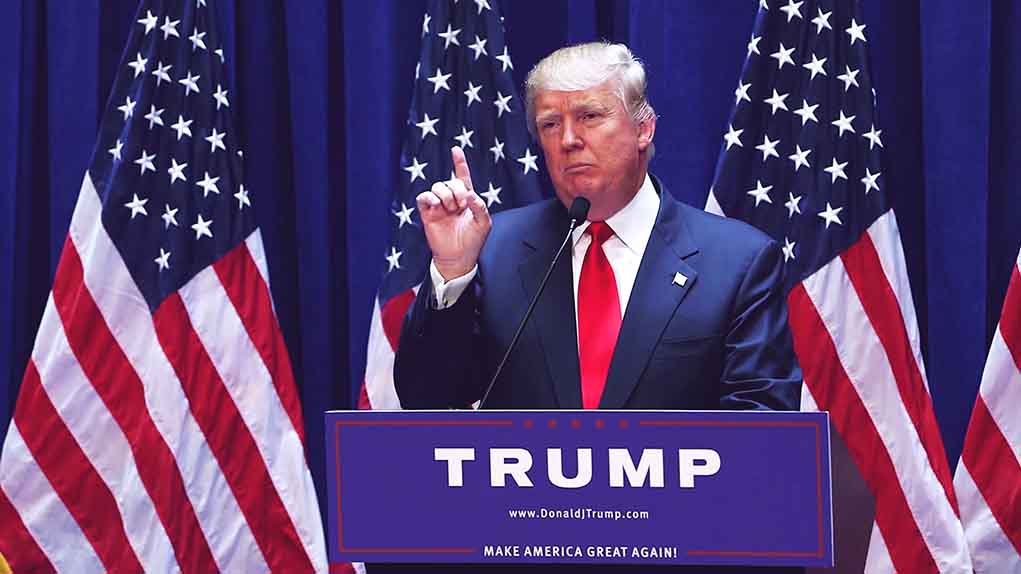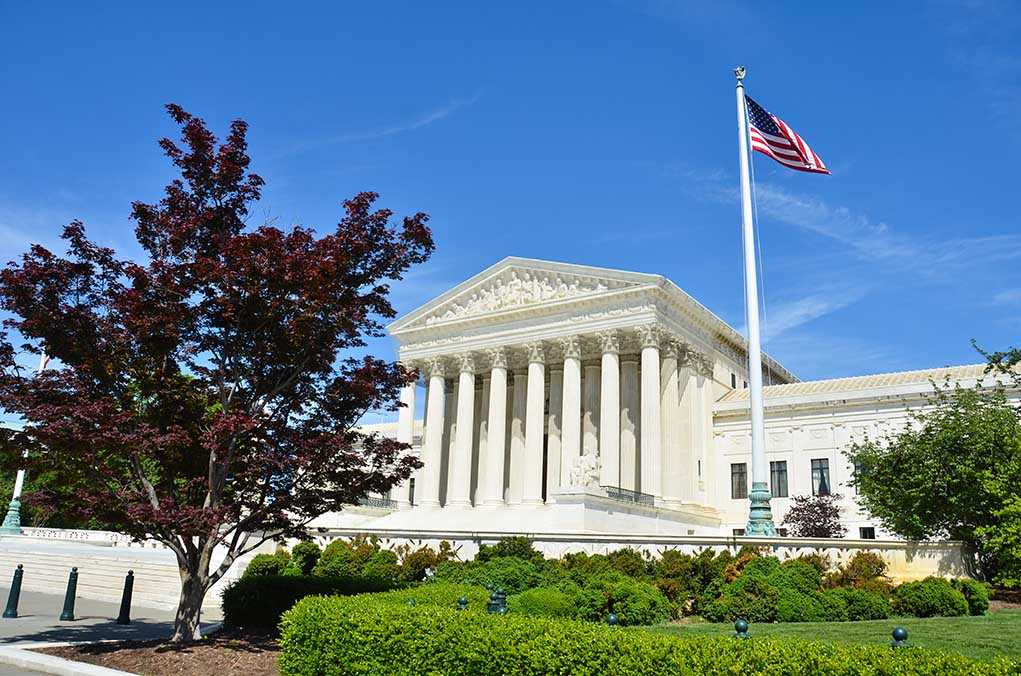
President Donald Trump unveils plans to meet with Vladimir Putin as he slams Zelenskyy for “pissing away” $175 billion in U.S. aid while Europe fails to pay its fair share.
Key Takeaways
- President Trump criticized Ukrainian President Volodymyr Zelenskyy for mismanaging $175 billion in U.S. aid since 2022, calling him an effective “salesman” who secures funding during Washington visits.
- Trump condemned European nations for not contributing equally to Ukraine’s defense while the U.S. bears a disproportionate financial burden.
- The President intends to meet with Russian President Vladimir Putin soon and expressed confidence in swiftly securing a comprehensive peace agreement.
- Trump’s proposed peace plan may allow Russia to retain captured territories including Crimea, which Ukraine and European allies currently oppose.
- Recent “productive” talks between Trump and Zelenskyy in Rome signal active U.S. mediation efforts, though Trump warned these efforts might cease without timely agreement.
Trump Questions Zelenskyy’s Management of American Taxpayer Dollars
President Donald Trump delivered a scathing critique of Ukrainian President Volodymyr Zelenskyy’s handling of the massive financial support provided by the United States. During a recent Fox News interview, Trump specifically highlighted concerns about how the approximately $175 billion in aid money has been spent since Russia’s invasion in February 2022. The President’s criticism focused less on the amount given and more on what he perceives as mismanagement of these funds, describing Zelenskyy as having pissed away the substantial American contribution while repeatedly returning to Washington for more.
Trump characterized Zelenskyy as an exceptionally effective communicator when it comes to securing financial assistance. He’s the greatest salesman, Trump stated, noting that Zelenskyy consistently leaves Washington with billions in aid after each visit. This skill, according to Trump, surpasses that of any domestic politician, demonstrating the Ukrainian leader’s remarkable ability to convince American officials to continue funding his country’s war effort despite questions about accountability and results.
The President’s comments reflect growing frustration within his administration about the seemingly endless financial commitment to Ukraine without clear progress toward peace. Trump questioned the allocation of these substantial funds, suggesting that despite the unprecedented American investment, the conflict continues without resolution and with limited transparency about how American taxpayer money is being utilized on the ground in Ukraine.
President Donald Trump has criticized remarks made by his former National Security Advisor and has argued that the United States should “spend less time worrying about Putin.”
What’s going on: During an interview on 60 Minutes, former National Security Advisor HR McMaster… pic.twitter.com/5CNIXAA86t
— Real News No Bullshit (@NewsNotBs) March 3, 2025
European Nations Failing to Share the Burden
A significant point of contention in President Trump’s assessment of the Ukraine situation is what he perceives as Europe’s inadequate financial participation. Despite geographical proximity and arguably greater security interests in the conflict, European nations have contributed far less than the United States according to Trump’s analysis. This imbalance has placed a disproportionate burden on American taxpayers to finance Ukraine’s defense against Russian aggression, even though European countries face more immediate security implications from the conflict.
“The White House described Trump’s meeting with the Ukrainian leader before Pope Francis’s funeral as very productive,” stated The White House.
In his recent statements, Trump went so far as to suggest that Ukraine has treated the United States worse than European nations despite America’s outsized financial commitment. This critique aligns with the President’s longstanding America First foreign policy approach, which prioritizes ensuring fair treatment of the United States in international arrangements. The perceived inequity in burden-sharing has become a central component of Trump’s assessment of the ongoing conflict and informs his administration’s evolving strategy for bringing the war to a conclusion.
Who are the real losers of today’s Oval Office meeting between Trump and Zelensky?
First, the whole thing is a scam. Many people do not know that 95 to 98 percent of the foreign assistance money for Ukraine never left the United States. The money went to Pentagon contractors and… pic.twitter.com/VMnSrwOhy3
— Simon Ateba (@simonateba) February 28, 2025
Trump’s Direct Diplomacy with Putin to End the Conflict
President Trump has signaled his intention to meet personally with Russian President Vladimir Putin, expressing confidence that such a diplomatic engagement could rapidly yield a comprehensive peace agreement. I think we’d make a deal very quickly, Trump stated, suggesting that Putin himself may be growing weary of the protracted conflict. This direct leader-to-leader approach reflects Trump’s preference for personal diplomacy and his belief in his ability to negotiate directly with world leaders to achieve outcomes that traditional diplomatic channels have failed to secure.
The potential meeting comes after Trump’s special envoy, Steve Witkoff, met with Putin in Moscow to discuss an American peace proposal. Trump claimed that most major points of this proposal were agreed upon, though significant differences remain between the U.S. vision and what Ukraine and its European allies find acceptable. The most contentious aspect appears to be the status of territories currently occupied by Russia, including Crimea. Reports suggest Trump’s plan may allow Russia to retain these areas, which Ukraine strongly opposes.
“Our position is unchanged” said Volodymyr Zelenskyy.
President Trump’s recent meeting with Zelenskyy at a Vatican basilica, described by the White House as very productive, represents part of this active mediation effort. However, Trump has made it clear that American patience is not unlimited, warning that U.S. mediation efforts might cease if no agreement is reached soon. Technical details requiring resolution include sanctions, security guarantees, and cease-fire arrangements, all of which present significant challenges given the entrenched positions of both Russia and Ukraine on territorial sovereignty questions.
Continuing Hostilities Despite Peace Talks
Despite ongoing diplomatic efforts, hostilities continue on the ground in Ukraine. Russia recently launched a significant attack on Ukrainian civilian areas, prompting President Trump to criticize Putin on social media. The Russian side has blamed Ukraine for a car bomb that killed a Russian general, highlighting the volatile environment in which peace negotiations are taking place. These continuing hostilities underscore the urgent need for a diplomatic resolution while complicating efforts to build trust between the parties.
With the conflict now in its third year and after $175 billion in American aid, President Trump appears determined to break the stalemate through direct engagement with Putin while simultaneously pressuring Zelenskyy to accept realistic terms. Trump’s dual approach of criticizing aid management while pursuing high-level diplomatic engagement reflects his administration’s priority of ending what he sees as an unsustainable financial commitment while achieving a peace agreement that can bring stability to the region, even if it requires difficult compromises from Ukraine.











